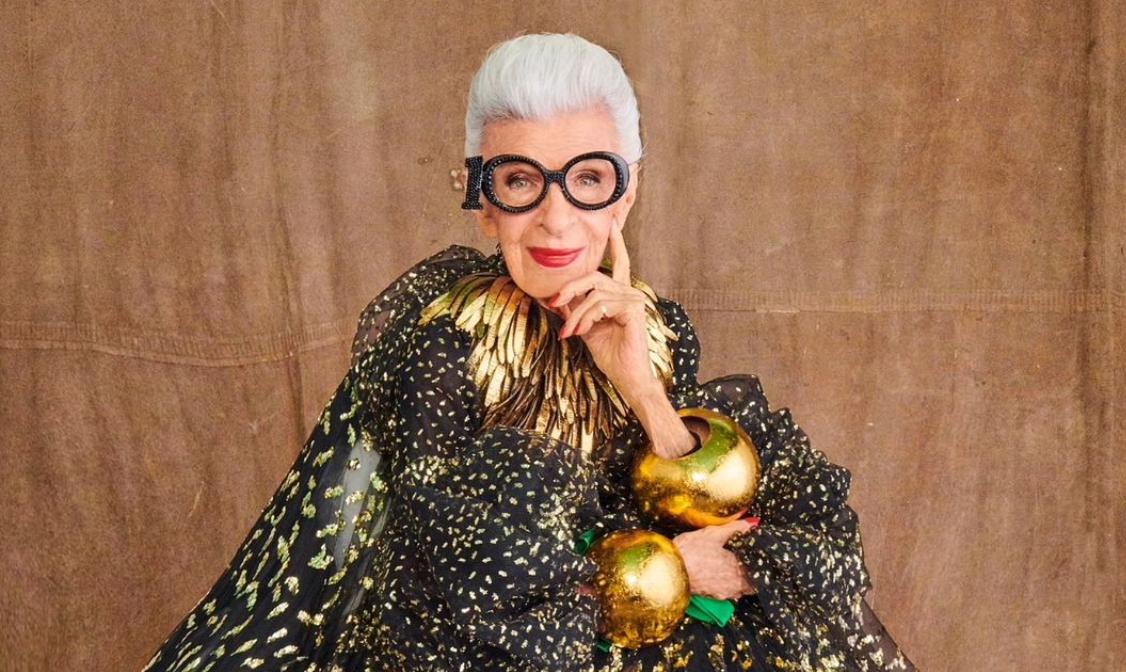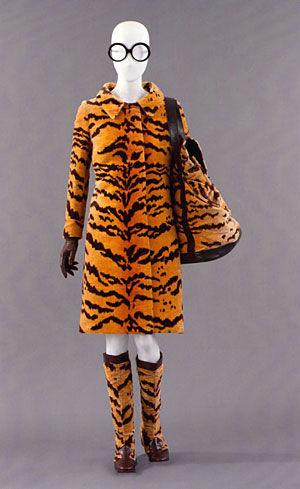In 2005, the Metropolitan Museum of Art staged a major exhibition devoted to Apfel. The exhibition, Rara Avis: Selections from the Iris Apfel Collection, featured forty objects from Apfel’s collection, and focused on how Apfel would mix high and low fashion and included such objects as a Roger Jean-Pierre bracelet, a pair of 18th-century paste earrings, and a pair of modern plastic cuffs. All of the objects were accessories that Apfel wore and styled herself. All of the objects in the exhibition were promised gifts to the Met and The Costume Institute and were the first objects of that nature collected by the museum. hats, shoes, and costume jewelry, once not objects to be collected, but now coveted objects that speak to Apfel’s style and history.
“When you don’t dress like everybody else," Apfel told the New York Times In 2011, "you don’t have to think like everybody else.” In an industry often dominated by trends and conformity, Apfel stood out as a beacon of authenticity, reminding us that all true style knows no bounds.



























![DEl Kathryn Barton [Australian b. 1972] the more than human love , 2025 Acrylic on French linen 78 3/4 x 137 3/4 inches 200 x 350 cm Framed dimensions: 79 7/8 x 139 inches 203 x 353 cm](/sites/default/files/styles/image_5_column/public/ab15211bartonthe-more-human-lovelg.jpg?itok=wW_Qrve3)